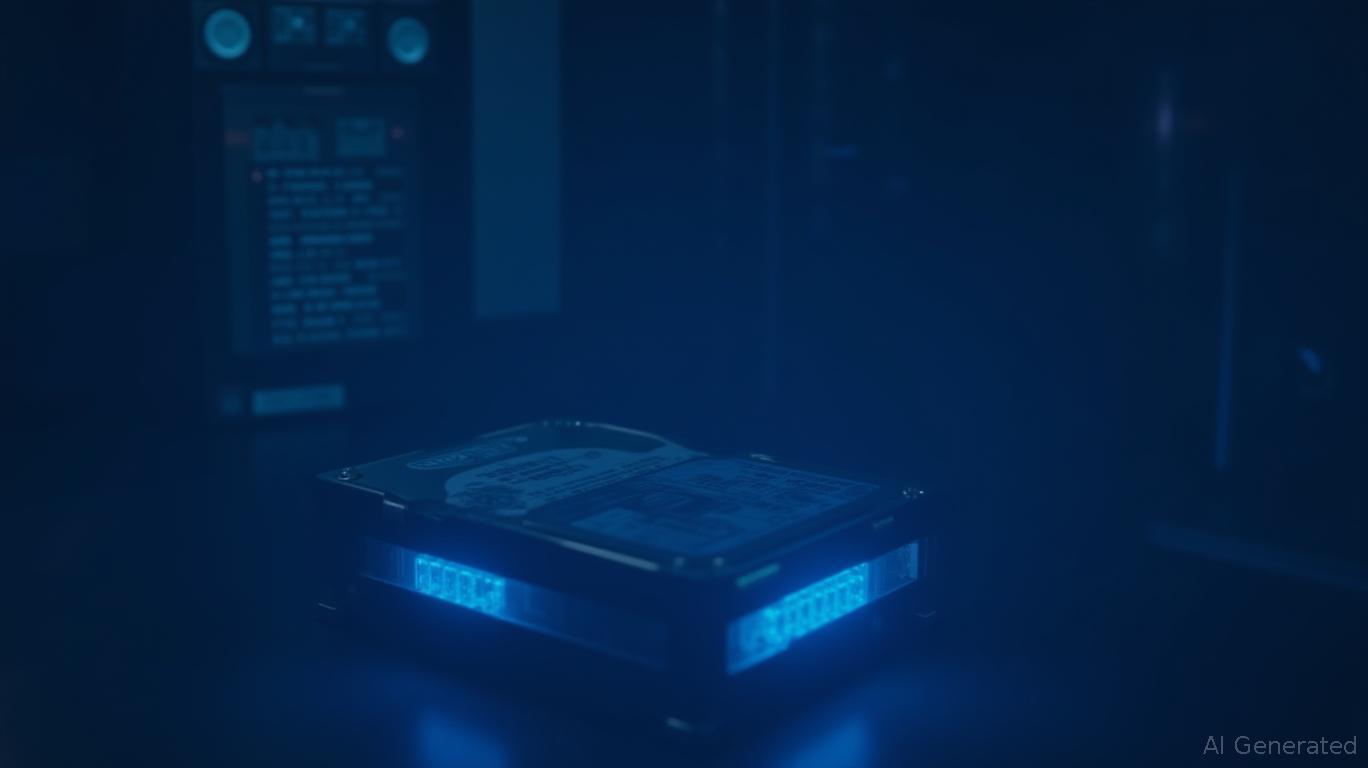Seagate's Storage Supremacy: Outperforming Tech Sector with Data-Driven Dominance
In a year where the broader technology sector has sputtered, Seagate Technology (STX) has soared. The storage giant's stock has surged 52.1% year-to-date (YTD) through June 19, 2025, far outpacing the 3.9% gain of the Technology Select Sector SPDR (XLK). This divergence underscores Seagate's strategic advantages in mass capacity storage and financial resilience, positioning it as a standout play for investors betting on the data explosion.

Strategic Dominance in the Data Economy
At the heart of Seagate's outperformance is its leadership in Heat-Assisted Magnetic Recording (HAMR), a breakthrough technology that enables HDDs to store 20 terabytes of data per disk—a capacity SSDs struggle to match cost-effectively. While solid-state drives (SSDs) dominate in speed, their higher cost per gigabyte makes them less practical for mass data archiving, a market growing at 15% annually due to AI, cloud computing, and IoT.
This technology edge has allowed Seagate to command premium pricing and expand its gross margin to 33.5% in 2024, up from 28% in 2020, as competitors like Western Digital grapple with SSD price wars. Meanwhile, the rise of edge computing and cold storage demands has amplified the need for high-capacity, cost-efficient solutions—markets where HDDs remain irreplaceable.
Financial Resilience Amid Sector Volatility
While the XLK has been dragged down by semiconductor oversupply and AI-driven valuation rotations, Seagate's balance sheet and capital allocation strategy have insulated it. The company's $5 billion buyback authorization, announced in early 2025, signals confidence in its stock's undervaluation. With $2.2 billion in cash and a debt-to-equity ratio of 1.5x—manageable given its consistent free cash flow—Seagate has the flexibility to invest in R&D and dividends while rewarding shareholders.
The company's dividend yield of 2.1% (vs. XLK's 0.7%) adds further appeal, particularly as it grows its payout annually.
Risks to Consider
No investment is without pitfalls. Seagate faces two key headwinds:
1. HDD Competition: SSDs are improving in density and cost, though HAMR's cost-per-GB advantage remains formidable.
2. Leverage: While manageable, its debt load could strain if storage demand weakens. A prolonged slowdown in enterprise IT spending or a sharp drop in HDD pricing could test its margins.
Investment Thesis: A Top Pick for Data-Driven Markets
The long-term demand for data storage is undeniable. As AI models, connected devices, and cloud services proliferate, the need for high-capacity, cost-effective storage will only grow. Seagate's HAMR technology and financial discipline make it uniquely positioned to capitalize.
While the XLK's 3.9% YTD return reflects sector-wide volatility, Seagate's 52.1% surge highlights its ability to decouple from broader tech trends. For investors seeking a leveraged play on the data economy, STX is a compelling choice.
Recommendation: Buy, with a price target of $140 (15% upside from June 19's close). Monitor HDD pricing trends and enterprise IT spending for potential risks.
In a sector where growth is uneven, Seagate's fundamentals make it a standout for investors willing to bet on the data revolution.

Comments
No comments yet